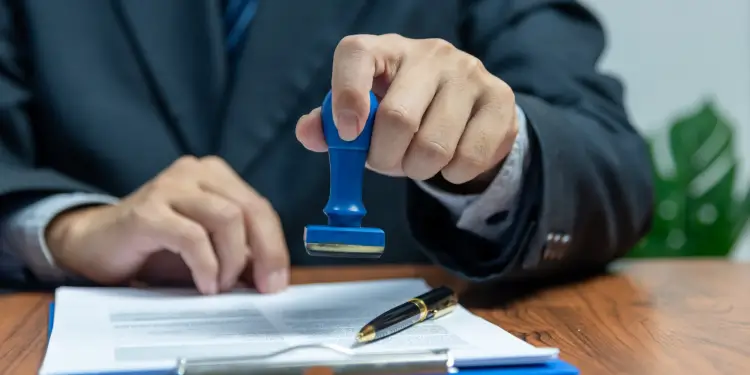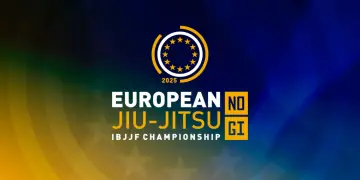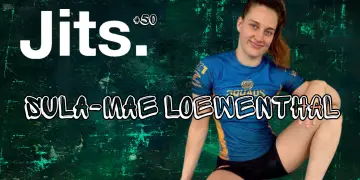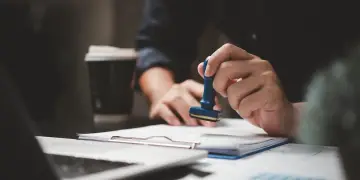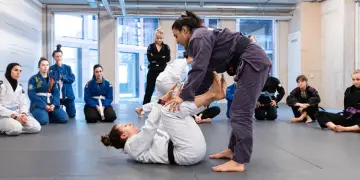This article is the second installment in a series exploring immigration pathways for Brazilian Jiu-Jitsu athletes. In the previous article, “Beyond The Mat: A Legal Primer For International Athletes Entering the U.S.,” we discussed common pitfalls that Brazilian Jiu-Jitsu practitioners run into while planning extended stays in the U.S. Now, we dive deeper into the appropriate visas for athletes who wish to compete or coach legally in the U.S., as well as their differences and why one might be preferable to another.
P-1 vs O-1 Visa For BJJ Athletes
The two most commonly used visas for foreign athletes seeking to stay inside the U.S. are the P-1 visa and the O-1 visa, both of which allow eligible individuals to enter the U.S. to perform at a professional level.
What Is A P-1 Visa?
The P-1A visa is specifically designed for internationally recognized athletes who are coming to the U.S. to participate in a specific athletic competition, either individually or as part of a team. This is a work visa that enables the individual to be compensated, unlike a B-2 tourist visa or ESTA.
Key Features of the P-1 Visa:
When Is a P-1 Visa Appropriate for a BJJ Athlete?
Required Evidence:
What is an O-1 Visa?
The O-1A visa is for individuals with extraordinary ability in the sciences, education, business, or athletics. In the context of BJJ, this applies to practitioners who are at the very top of their field, often recognized globally. (Compare to the P-1A, which requires only that the applicant prove international recognition as an athlete.) USICS further defines this as sustained national or international acclaim and proof that the applicant has risen to the very top of the field.
Key Features of the O-1 Visa:
When Is an O-1 Visa Appropriate for a BJJ Athlete?
Required Evidence:
To qualify, you must either have received a major, internationally recognized award (possibly an ADCC World Championship) or meet at least 3 of the 8 USCIS criteria, such as:
Additional required documents:
P vs. O Visa: Key Differences at a Glance
|
Feature |
P-1 Visa |
O-1 Visa |
|
Recognition Level |
Internationally recognized |
Extraordinary ability (top of field) |
|
Suitable For |
Competitive athletes |
Champions, instructors, influencers |
|
Duration |
Up to 5 years |
Up to 3 years (renewable) |
|
Work Flexibility |
Event/tournament specific |
Broader (teaching, seminars, media) |
|
Evidence Burden |
Moderate |
High (must meet 3 of 8 USCIS criteria) |
|
Best For |
Competitors at events |
Long-term or multi-purpose activities |
Strategic Considerations for BJJ Practitioners
- Your Goals Matter: If your goal is to compete at one or two events, the P-1 may be easier to secure. But if you want to live in the U.S. and build a career through seminars, coaching, and competition, the O-1 will afford more flexibility since the P-1 is limited strictly to competition whereas the O-1 permits a broad range of activities.
- Documentation is Key: Both visas require meticulous documentation. Collect and preserve media mentions, competition records, signed contracts, and reference letters now; even if you don’t apply immediately.
- Timing and Planning: The visa process can take weeks to months. Work with a knowledgeable immigration attorney to file petitions early, especially before major competition seasons. If you don’t file for premium processing (decision rendered in 15 business days), anticipate processing times anywhere from eight to twelve months.
- Avoid the B-1/B-2 Trap: Many athletes assume they can enter on a tourist visa and compete and earn money (outside of prize money). This misunderstanding can lead to inadmissibility and complicate eligibility to change status. The P and O visas are specifically designed for your needs if you intend on staying in the U.S. for a prolonged period and earning compensation.
Conclusion: Choose The Right Visa For Your BJJ Journey
Whether you’re an emerging athlete or a seasoned champion, understanding the difference between P and O visas is critical to building your U.S. career legally and sustainably. By choosing the right path and preparing with the right legal help; you can focus on what matters most: training, competing, and contributing to the growth of Brazilian Jiu-Jitsu.
About the Author
Paris Lee is a founding partner at Lee & Garasia, LLC, a nationally recognized immigration law firm based in New Jersey. With more than two decades of experience, he represents clients in complex immigration matters with a particular focus on visas for Brazilian Jiu-Jitsu athletes, coaches, and influencers. His clientele includes ADCC medalists, IBJJF world champions, and internationally recognized MMA athletes. A seasoned Brazilian Jiu-Jitsu practitioner himself, Mr. Lee brings unique insight into the legal needs of combat sports professionals. He has been featured in TIME Magazine, Newsweek, and New Jersey SuperLawyers. This article is the second in his ongoing series on immigration strategies for BJJ competitors and coaches. Follow him on Instagram @bjjvisalawyer or connect on LinkedIn.


